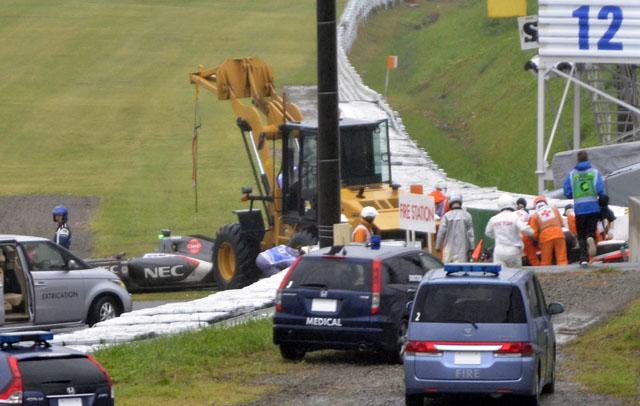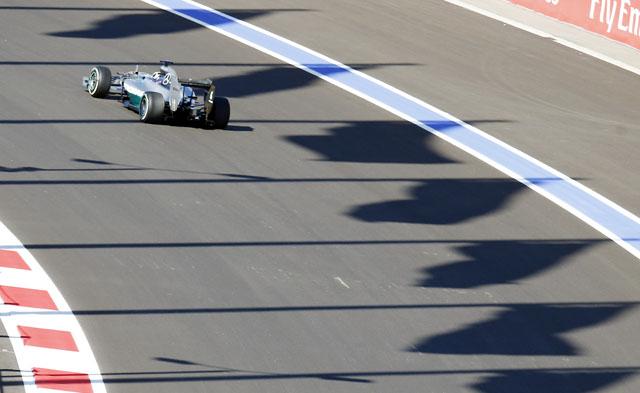You are here
F1 drivers want cockpit safety device for 2017
By Reuters - Jan 27,2016 - Last updated at Jan 27,2016
LONDON — Formula One drivers are calling for a new safety device to be installed in their cockpits from 2017, hoping the so-called “halo” will prevent the lethal threat posed by flying debris.
Grand Prix Drivers’ Association Chairman Alexander Wurz said that his members wanted “swift implementation” of the design initially suggested by Mercedes — a bar attached to the car that curves around the driver’s head and is supported in front by an upright strut.
Formula One has been testing various ways of improving head protection, weighing up the pros and cons of the halo compared with completely closed canopies, an option that some people fear could trap the driver in the event of a crash.
The halo is designed to be removed quickly in such cases. Its backers say it does not significantly obstruct the line of sight.
“The research the FIA experts have done is very thorough and the process has brought forward a clear solution,” said the Austrian, who retired as a driver last year and now works on safety with the sport’s governing body.
“Now the drivers feel it’s time to implement the extra protection at the latest in 2017,” he told the BBC.
Improving head protection became a priority after the deaths last year of Briton Justin Wilson, a former F1 racer who suffered head injuries from debris in an IndyCar crash, and Frenchman Jules Bianchi.
Bianchi, Formula One’s first driver fatality in 21 years, died in July, nine months after suffering severe head injuries at the 2014 Japanese Grand Prix, when his car skidded off and hit a recovery tractor.
In 2009, Brazilian Felipe Massa suffered near-fatal injuries when hit on the helmet by a bouncing spring during qualifying for the Hungarian Grand Prix for Ferrari. He recovered and now races for Williams.
Wurz said that backing from the drivers should make the introduction of the halo “a formality”.
“Obviously structural changes are required to the chassis but, with almost a one-year lead time, I don’t see any technical person speaking against such substantial safety improvements, especially given the last big accidents in open-wheel racing involved head injuries,” he said.
FIA Safety Director Laurent Mekies told reporters last October that a head protection device could be introduced in 2017 if tests produced satisfactory results.
Team technical directors are due to have a regular meeting with the FIA on Friday to discuss changes for the 2017 season and beyond.
Related Articles
MELBOURNE — It is the most controversial Formula One introduction since the 2016 qualifying elimination clock, but unlike that ill-fat
Formula One fans are used to seeing drivers walk away from terrifying accidents but sometimes, in a sport that will always be dangerous however much is done to try and reduce the risks, a hole appears in the safety net.
Formula One leader Lewis Hamilton was fastest in Saturday’s final practice for the inaugural Russian Grand Prix as Mercedes continued to dominate a weekend likely to seal the constructors’ championship.














